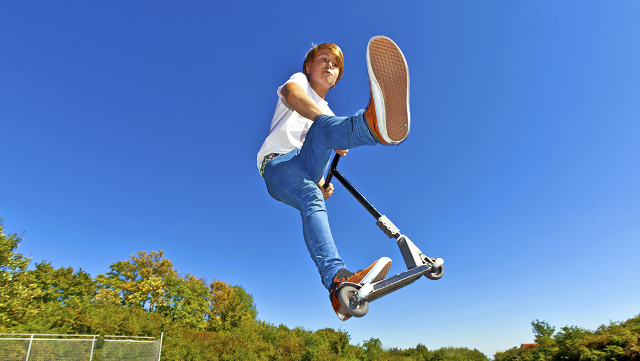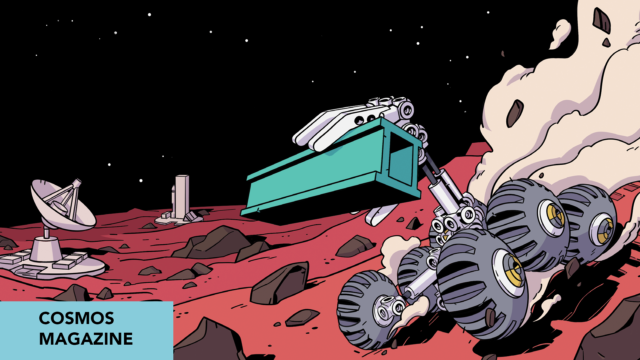Children and their parents are underestimating the danger of riding scooters, skateboard and skates without a helmet, often with dire consequences.
This resource shows the real-life implications and consequences of not wearing helmets when riding any non-motorised vehicle. Showcasing the connections between physics and the world around them, the content provides an easily relatable example for use in Year 7 (Forces) and Year 8 (Energy) lessons. This resource could also be used to introduce senior Physics students to linear momentum in Unit 2.

Scooter riders are less likely to wear a helmet, despite the fact that they are more likely to fall over the handlebars in an accident, meaning most injuries are to the head and face, Australian researchers say.
A study of 342 children who presented to paediatric trauma centres in Sydney over an eight-month period found that less than half of the scooter riders had been wearing a helmet – lower than for bicycles or other forms of “non-motorised wheeled recreational vehicles” (NMRWV), such as skateboards and in-line skates.
Across all categories, younger children were less likely to wear helmets than older ones, and all ages were significantly more likely to wear helmets in specified recreational areas (bike tracks and skate parks) than in unspecified areas (footpaths, roads, driveways and playgrounds).
When to wear your helmet
“It is important for children and their parents to understand that bicycle and non-motorised wheeled recreation vehicles (NMWRV) injury is not situation-based and can occur in any riding environment,” the researchers say.
“As parental role modelling has great influence on any child activity, educational programs must be targeted to not only children but to parents as well.
“It is also necessary to educate community members, including sale staff/manufacturers, so they can pass on to buyers the importance of helmet use.”
Helmet use is mandatory for bicycles in all states, but only in South Australia for non-motorised wheeled recreation vehicles (NMRWV).
Reducing the impacts
Helmets reduce the force of impact on the head by increasing the time for the change of momentum to occur (the cushioning does this part), and by dissipating the force and energy that would otherwise be applied to the skull (this is the role of the hard plastic shell).
The design of helmets has been changed and refined over the years as scientists and engineers learn more about how forces work and gain a better understanding of the effects of trauma on the skull.
Login or Sign up for FREE to download the full teacher resource




